
Hong Kong restaurants pivot from European and pan-Asian cuisine to Chinese food as foodies elevate local cuisine to fine dining
- Restaurant groups in Hong Kong that have typically been seen as serving expats and tourists have pivoted several of their establishments to serving Chinese cuisine
- From Black Sheep Restaurants’ Grand Majestic Sichuan to Miramar Group’s Chinesology, it’s a change that many say is the result of the city’s Covid restrictions
A fierce-looking tiger greets guests at Grand Majestic Sichuan – though, thankfully, it’s as the carpet covering the floor.
The supper club – replete with Gucci wallpaper – opened in Alexandra House in Central on Hong Kong Island in January, and is the newest addition to the Black Sheep Restaurants group.
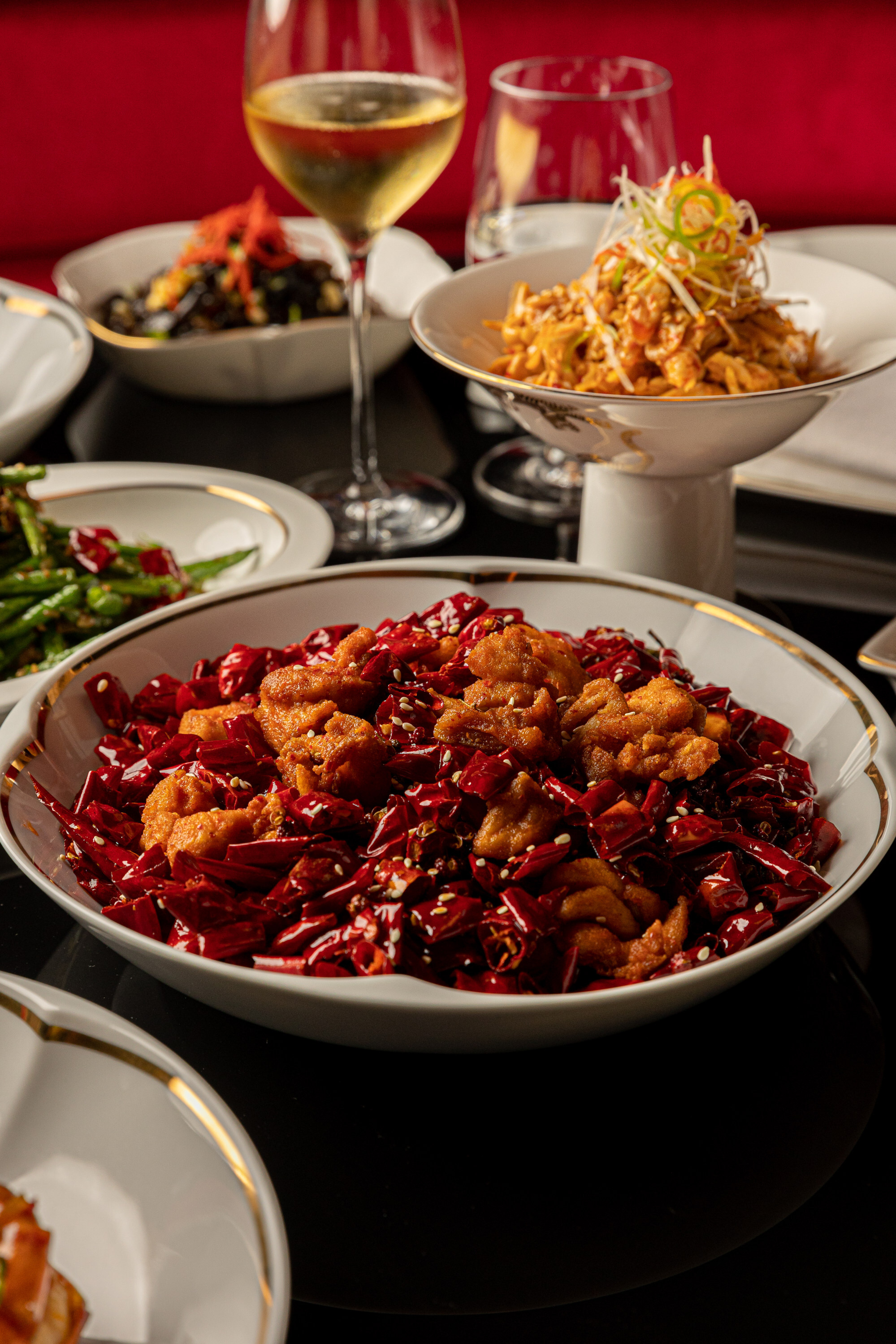

“I’m a really proud Hong Kong kid. This is my city and I think that Ho Lee Fook to me represents the best of Hong Kong’s new culture, new ethos, new energy,” says the Black Sheep Restaurants co-founder. “And for … Ho Lee Fook 2.0, I felt the food needed to be more recognisably Cantonese, Hong Kong in its DNA.
“We want to take Ho Lee Fook to other parts of the world. For me, [it’s like] I’m taking Hong Kong’s story to other cities.”
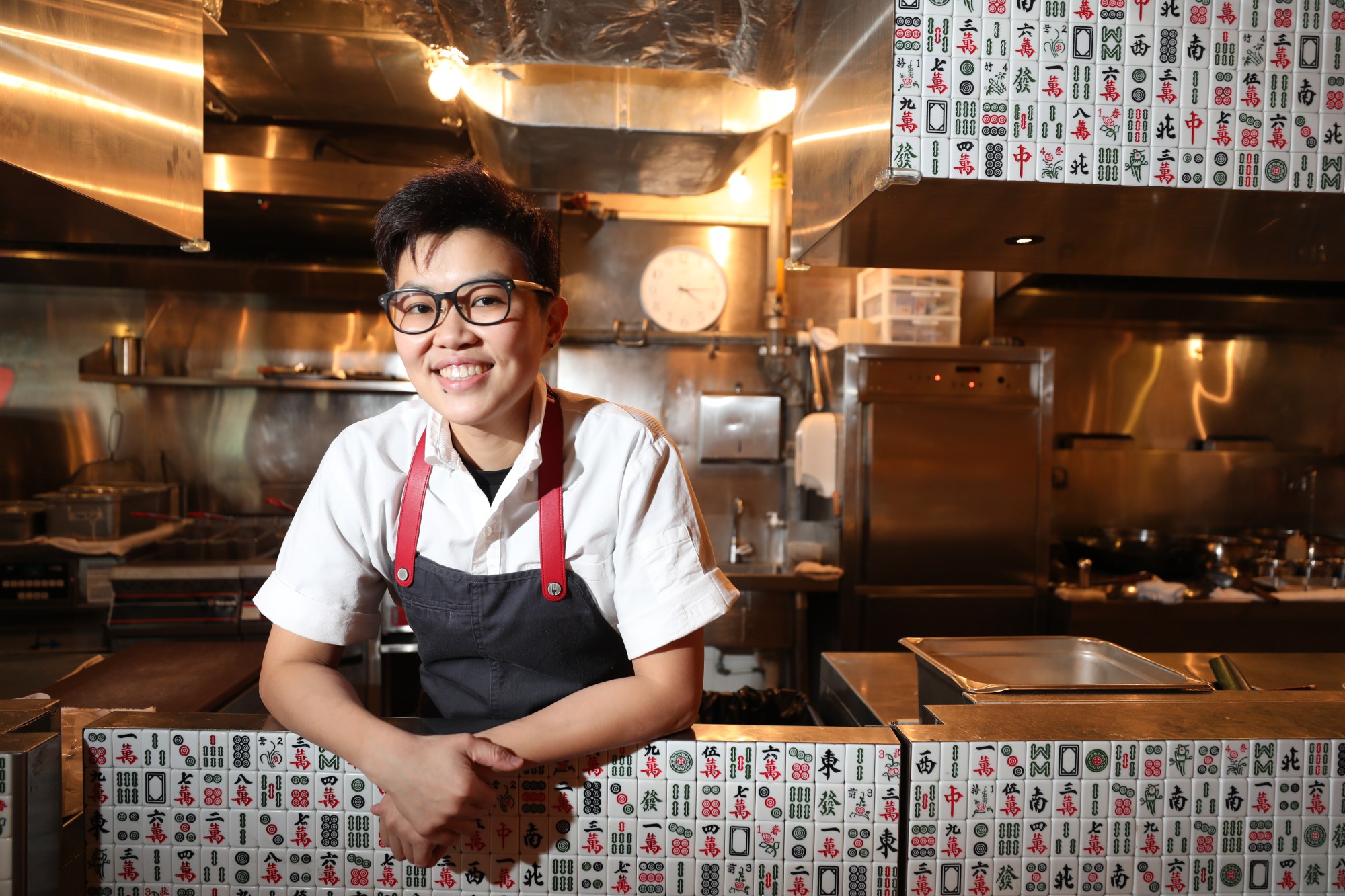
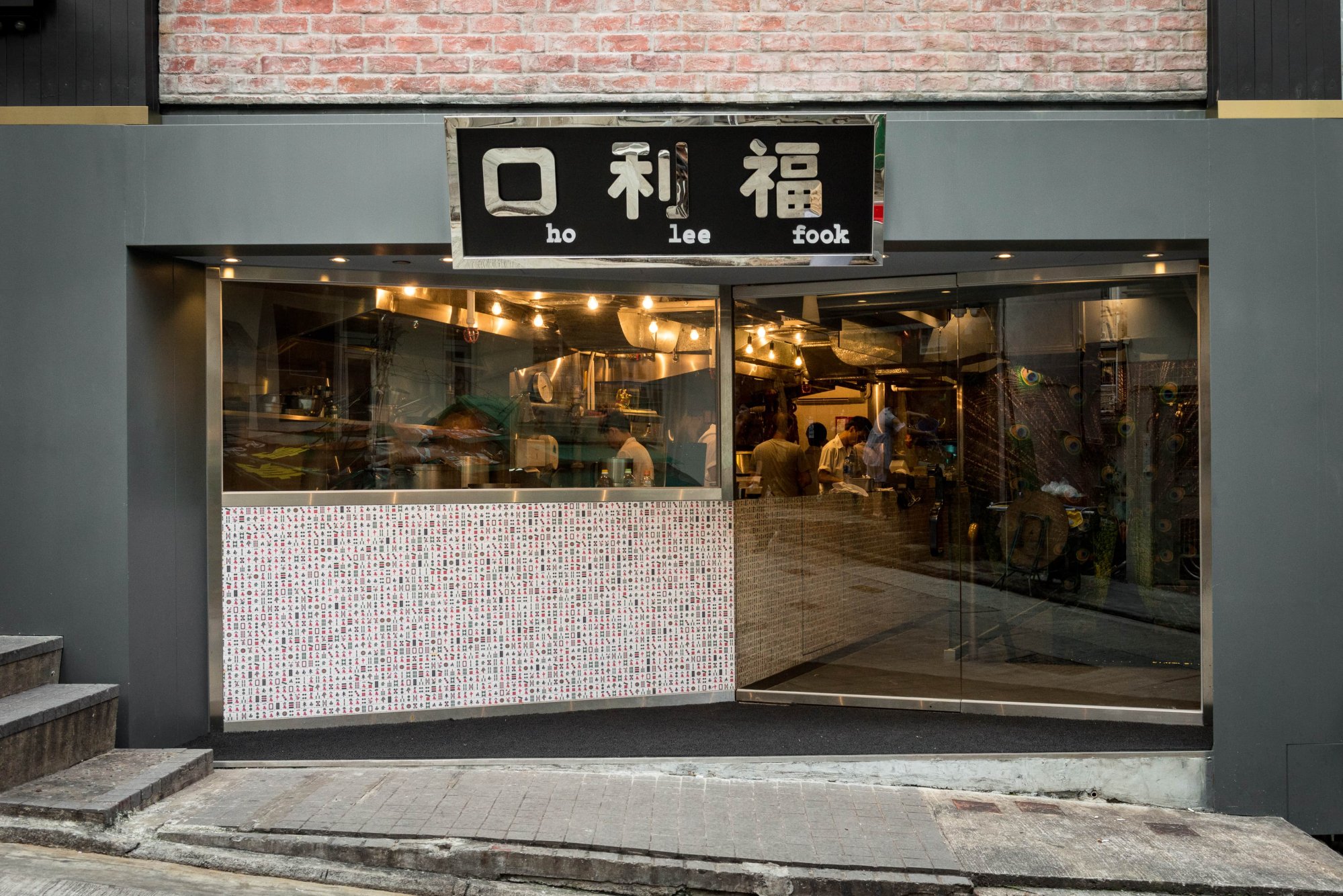
Chan cut her teeth on Chinese cuisine in her early 20s but, in the last few years, she mostly prepared contemporary European and pan-Asian dishes in Australia and Singapore before her return home in 2021.
Hussain and his business partner Christopher Mark have been interested in exploring Sichuan cuisine for some time, as “the Black Sheep community, our fans and friends were requesting it”, says Hussain. They ate around Chengdu, in China’s southwestern province of Sichuan, six months before the pandemic hit in December 2019.
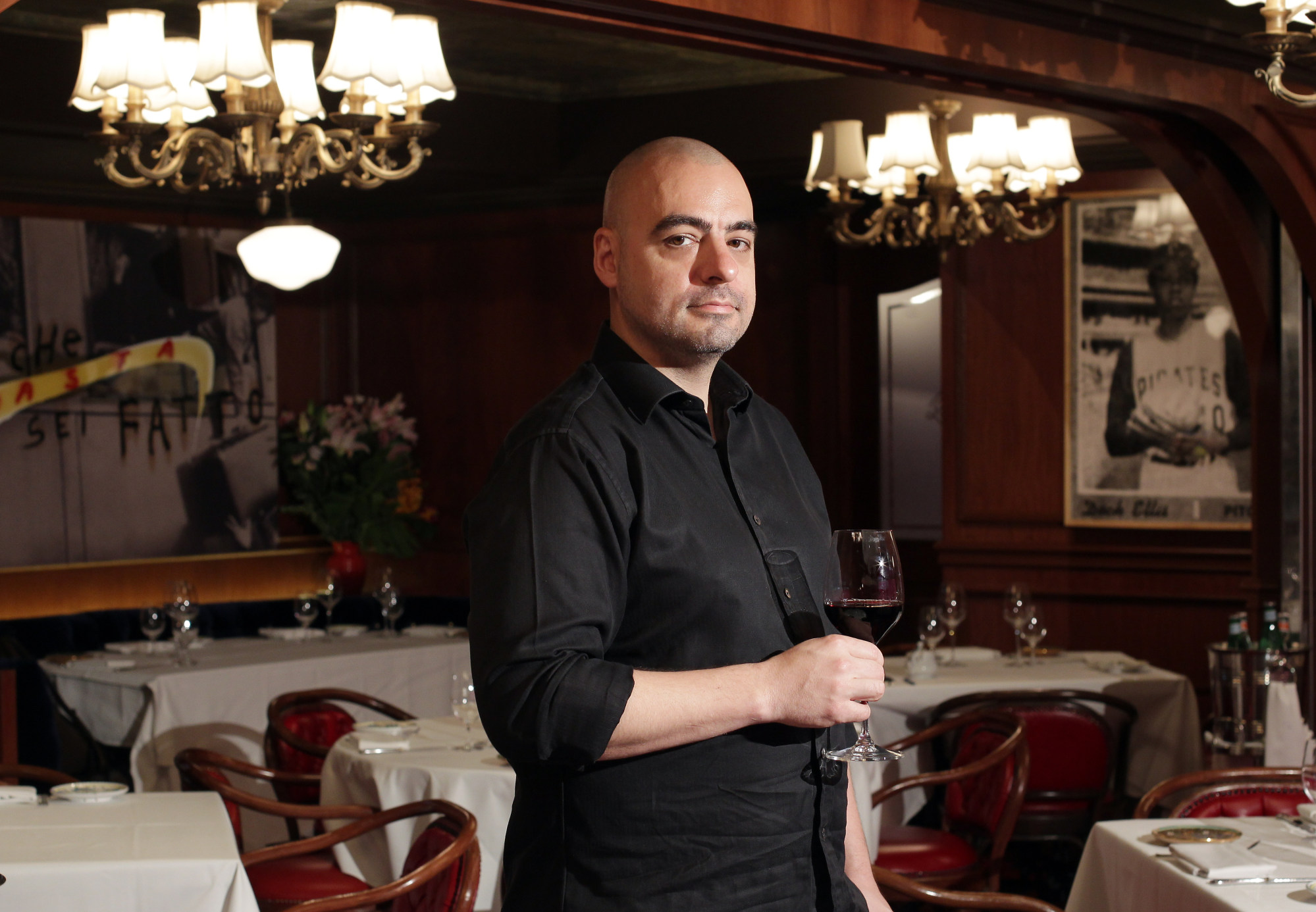
It wasn’t until a year-and-a-half ago, when Hongkong Land – the biggest landlord in the Central – showed them the third floor space in Alexandra House, that the duo decided to create Grand Sichuan Majestic.
Hussain says that while at first he and Mark made restaurants for themselves and their community, their guest profile is changing. “I think we are no longer viewed as the restaurant team for expats and tourists,” he admits.
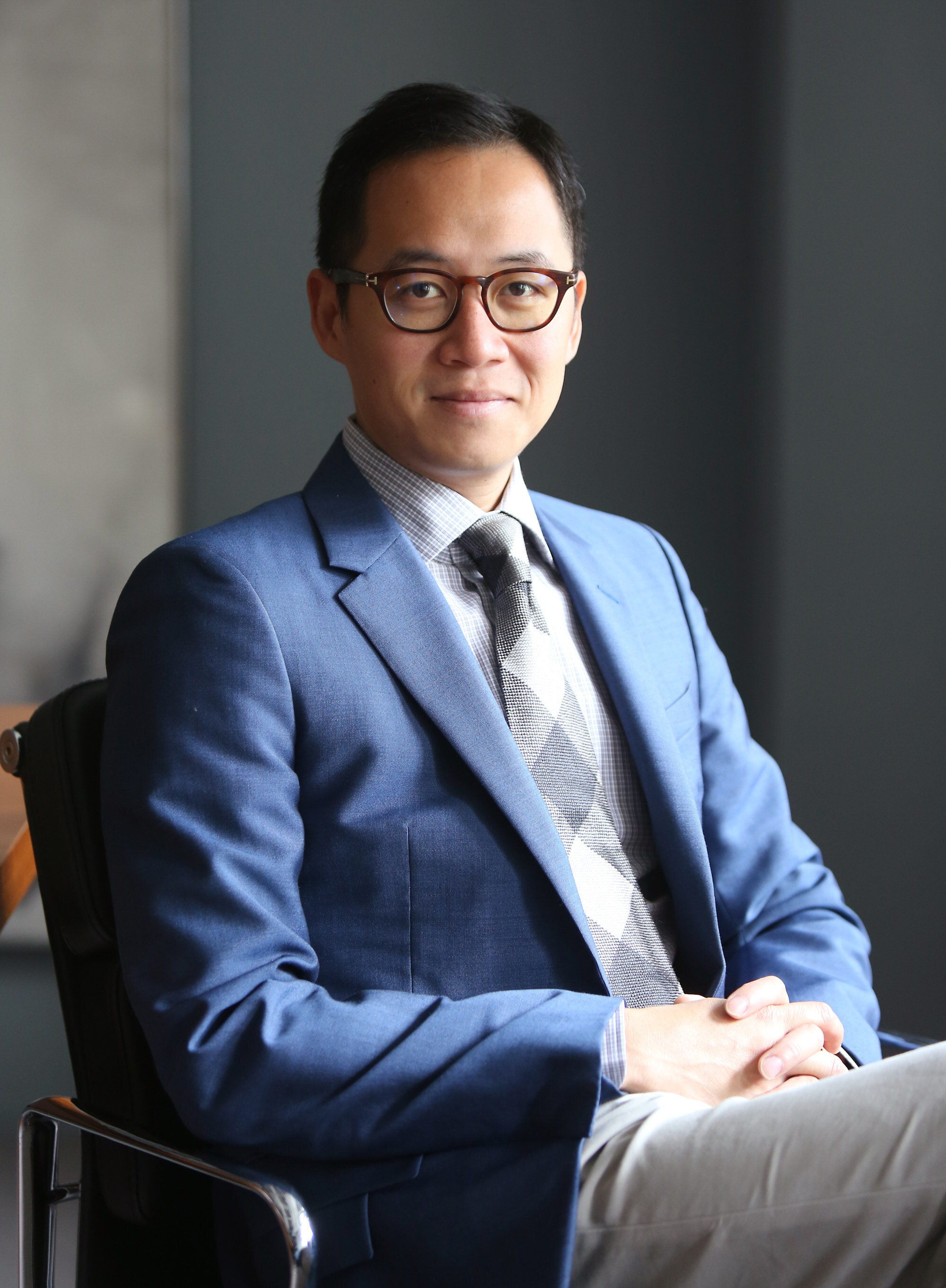
Classified Group, too, has been focusing on the local market by offering Chinese cuisine – though co-founder Paulo Pong Kin-yee claims that’s because his own palate has changed.
When the restaurant group opened The Pawn in a famous pawnshop on Johnston Road in Wan Chai in 2008, it served gastropub food, later hiring British celebrity chef Tom Aikens to elevate the menu.
When Classified Group renewed the lease in 2021, it pivoted the restaurant concept from modern British to contemporary Chinese – with very Western interiors.
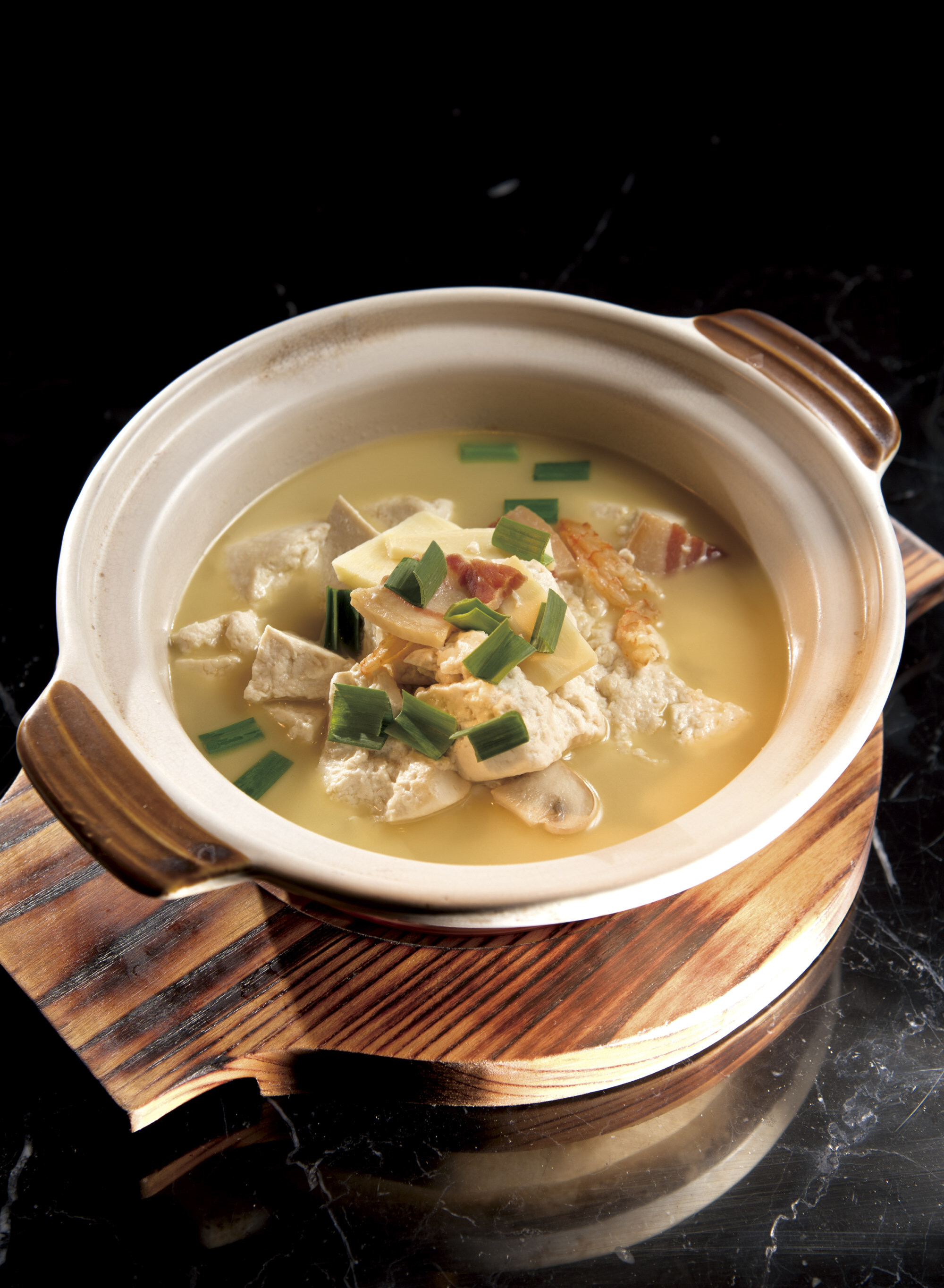
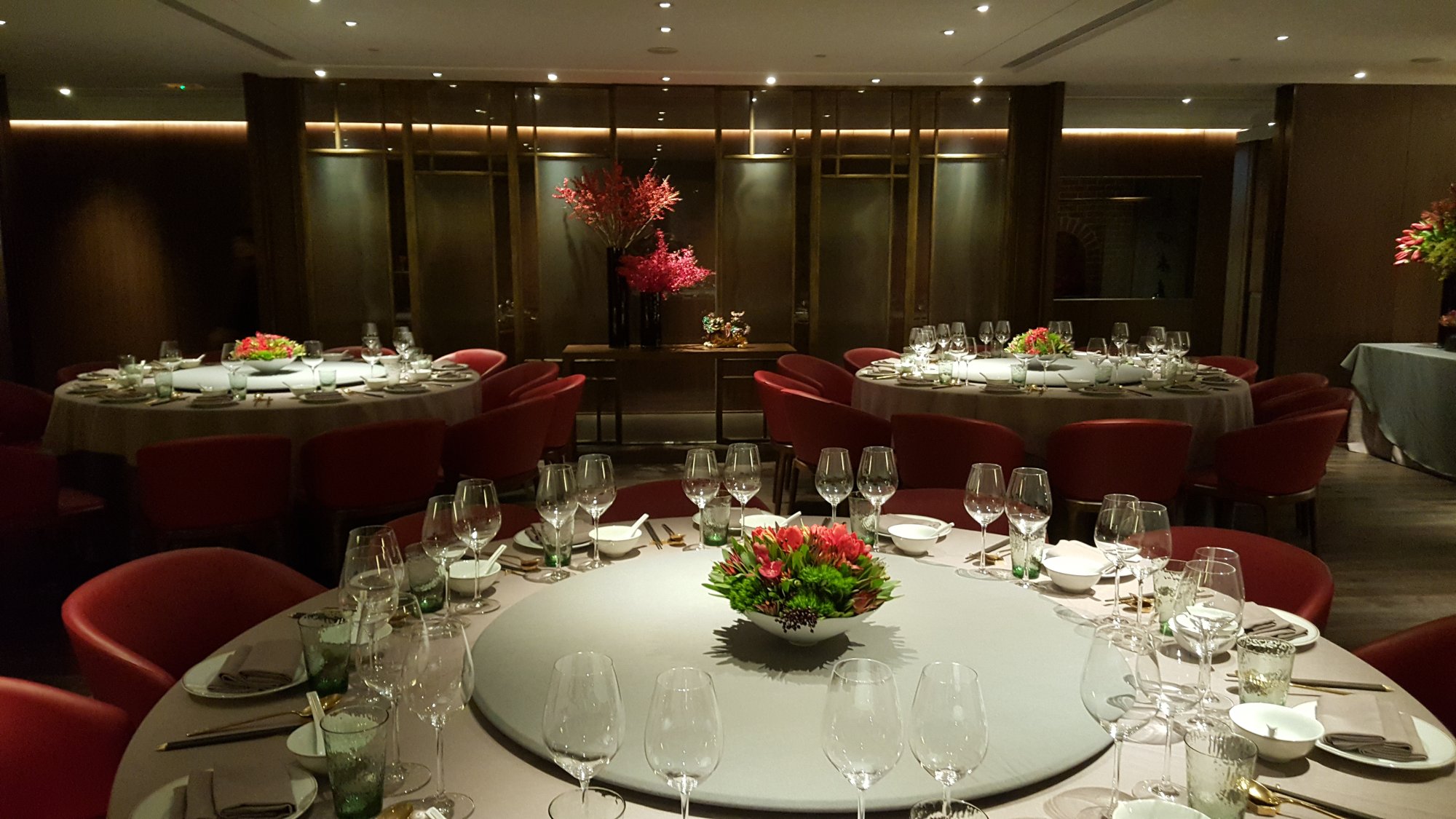
He says his taste – and that of his business partner Arnold Wong Chi-chiu – has changed in recent years. “We are eating more Chinese food,” explains Pong. “These few years, Cantonese food has evolved and there are new chefs in the industry, and young people like to eat refined Chinese cuisine, not the old-school traditional food.”
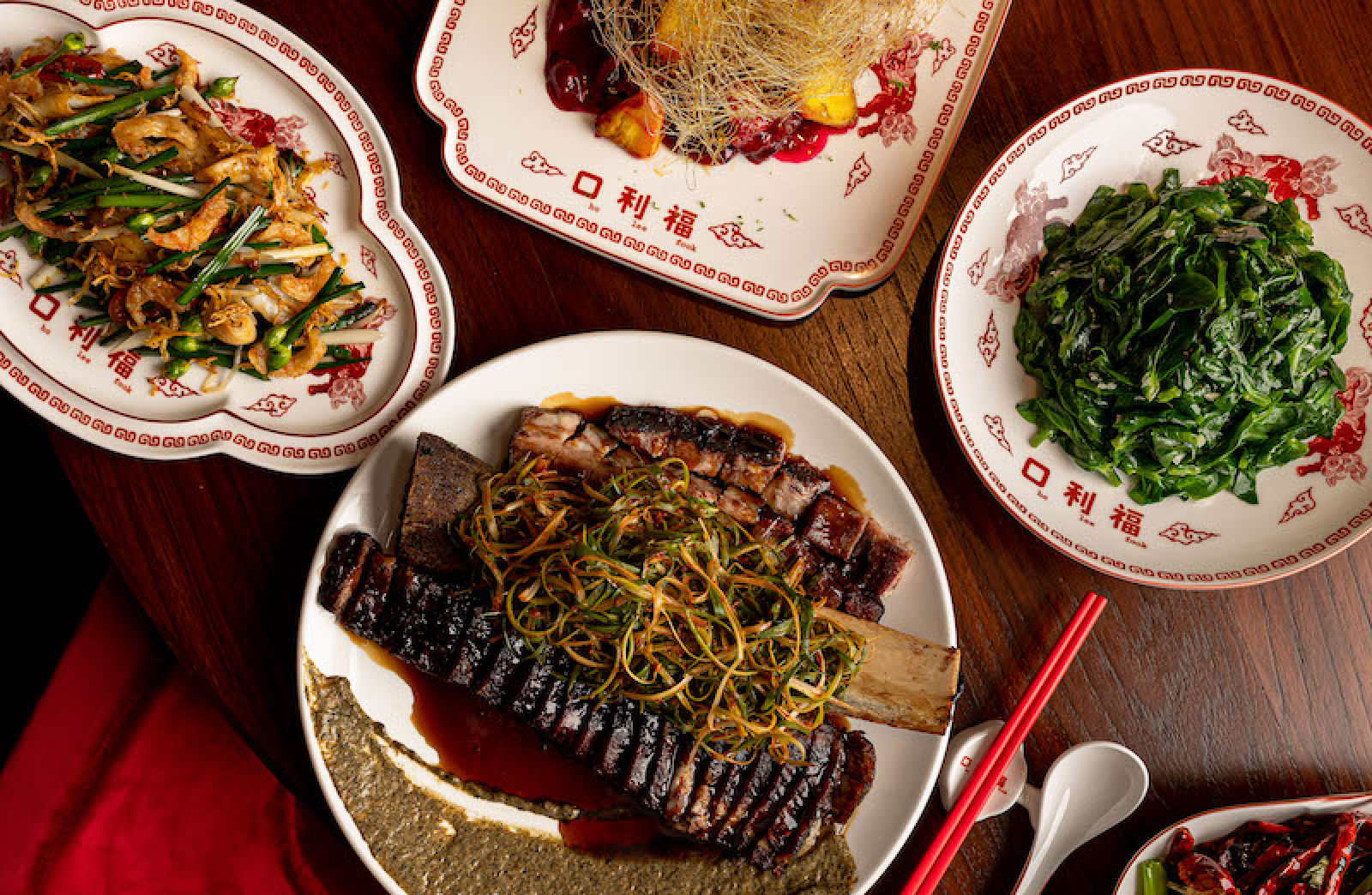
Classified Group has also hired several young chefs in their 30s with over 10 years’ experience in a Chinese kitchen. “They have a foundation in traditional Chinese cuisine, but they are also young and keen to experiment to create new dishes,” Pong says.
On the menu at Woo Cheong Tea House is sweet and sour pork, with some pop rocks on the side for what Pong says is additional texture and fun; crispy baby pigeon presented in a nest complete with a tea-smoked egg; and steamed fish flavoured with 25-year-old mandarin peel.
“There’s a little twist but [with] respect to tradition,” he says, adding that the food is complemented with tea-based cocktails.

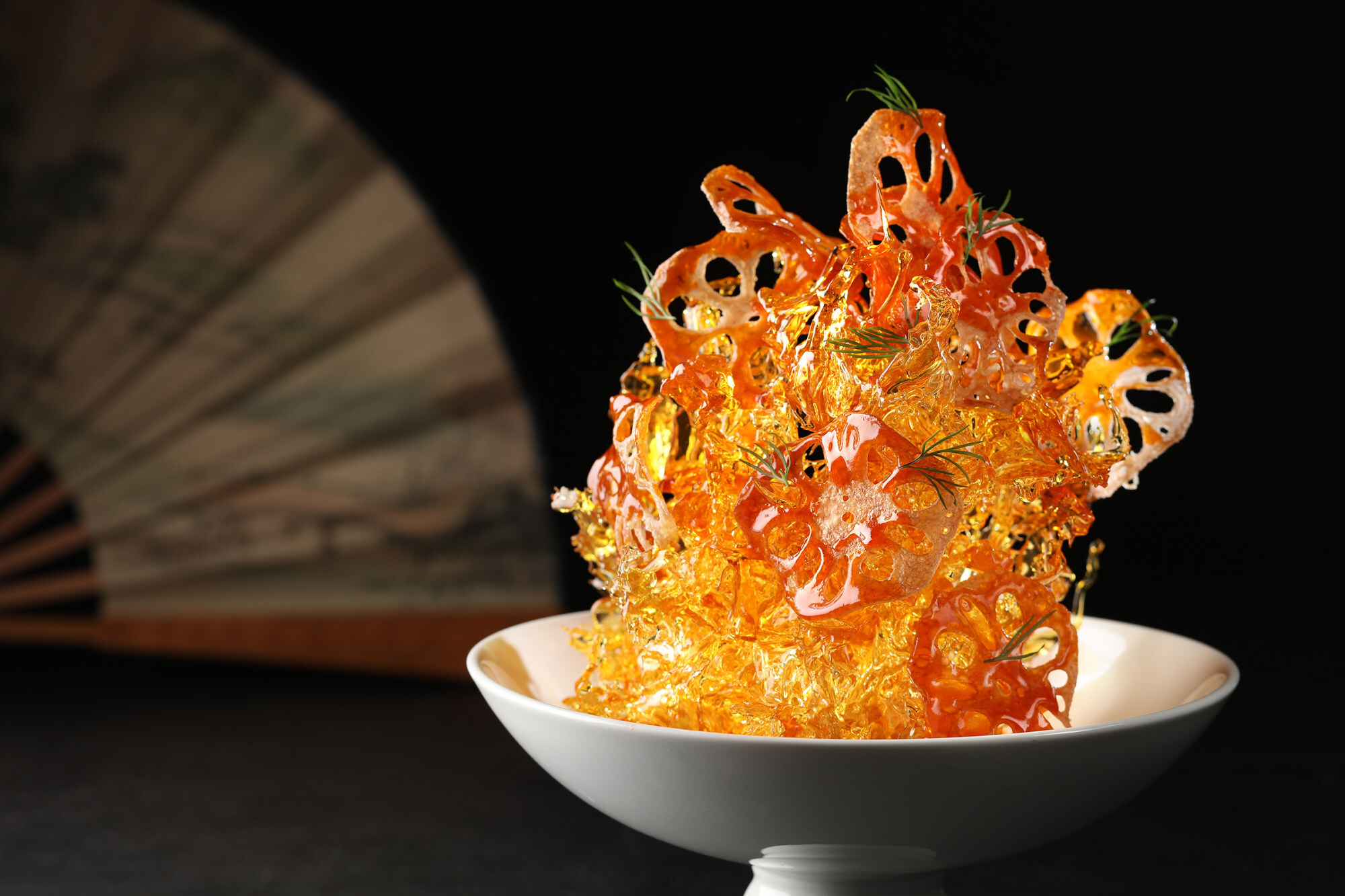
According to Miramar Group, young professionals in their 20s and 30s who are keen to try something new dine here, while conservative diners prefer Cuisine Cuisine next door. The group doesn’t see the two places competing, but rather venues that offer different experiences.
“We see the high potential of the local market, and customers’ increasing demand [for] fine-dining and experiential dining,” reads an emailed response from Miramar Group. “Chinesology presents a brand new concept to redefine Chinese cuisine with unconventional and creative experience, which is designed for diners that are looking for quality lifestyle with high spending power.”
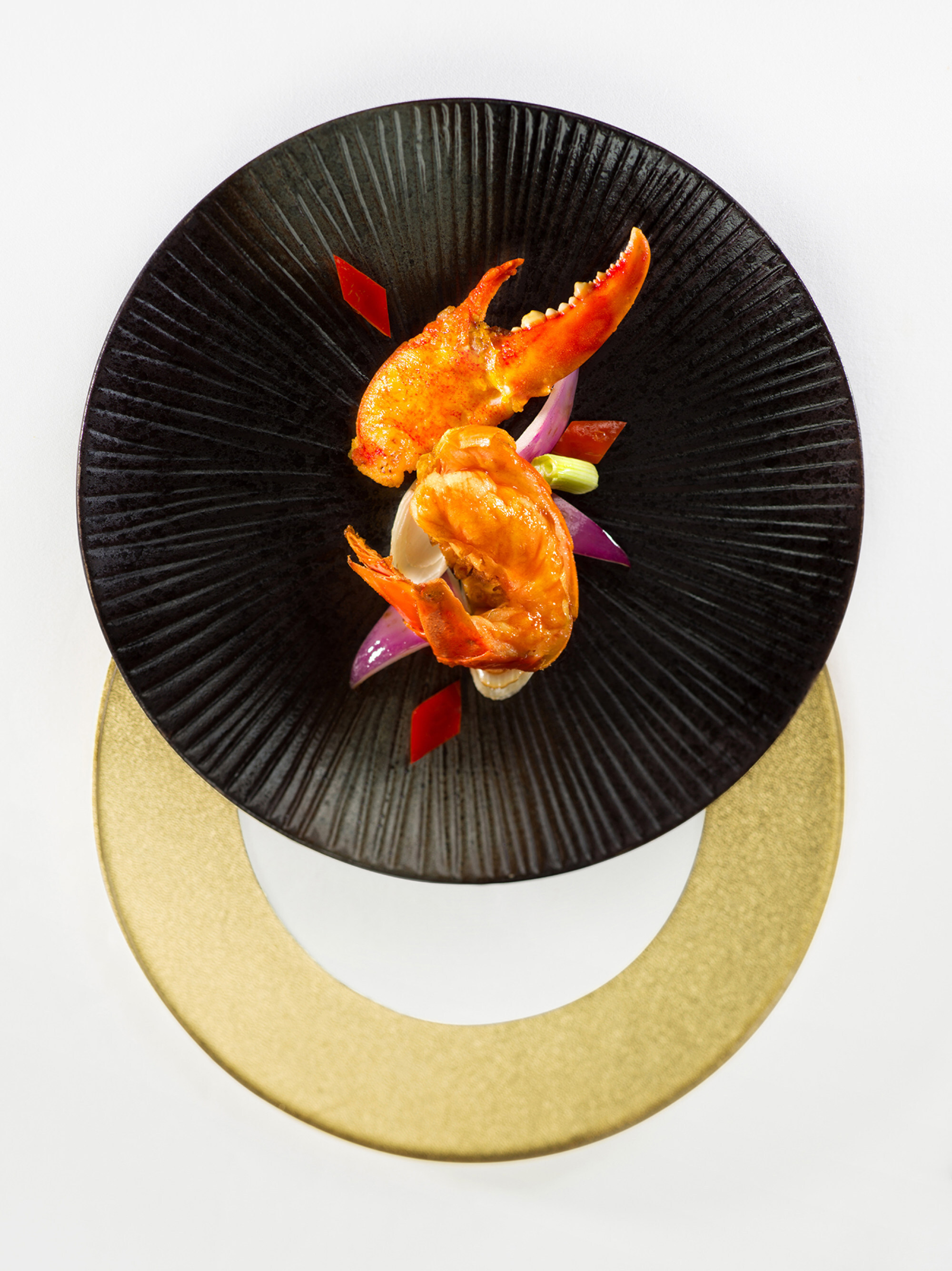
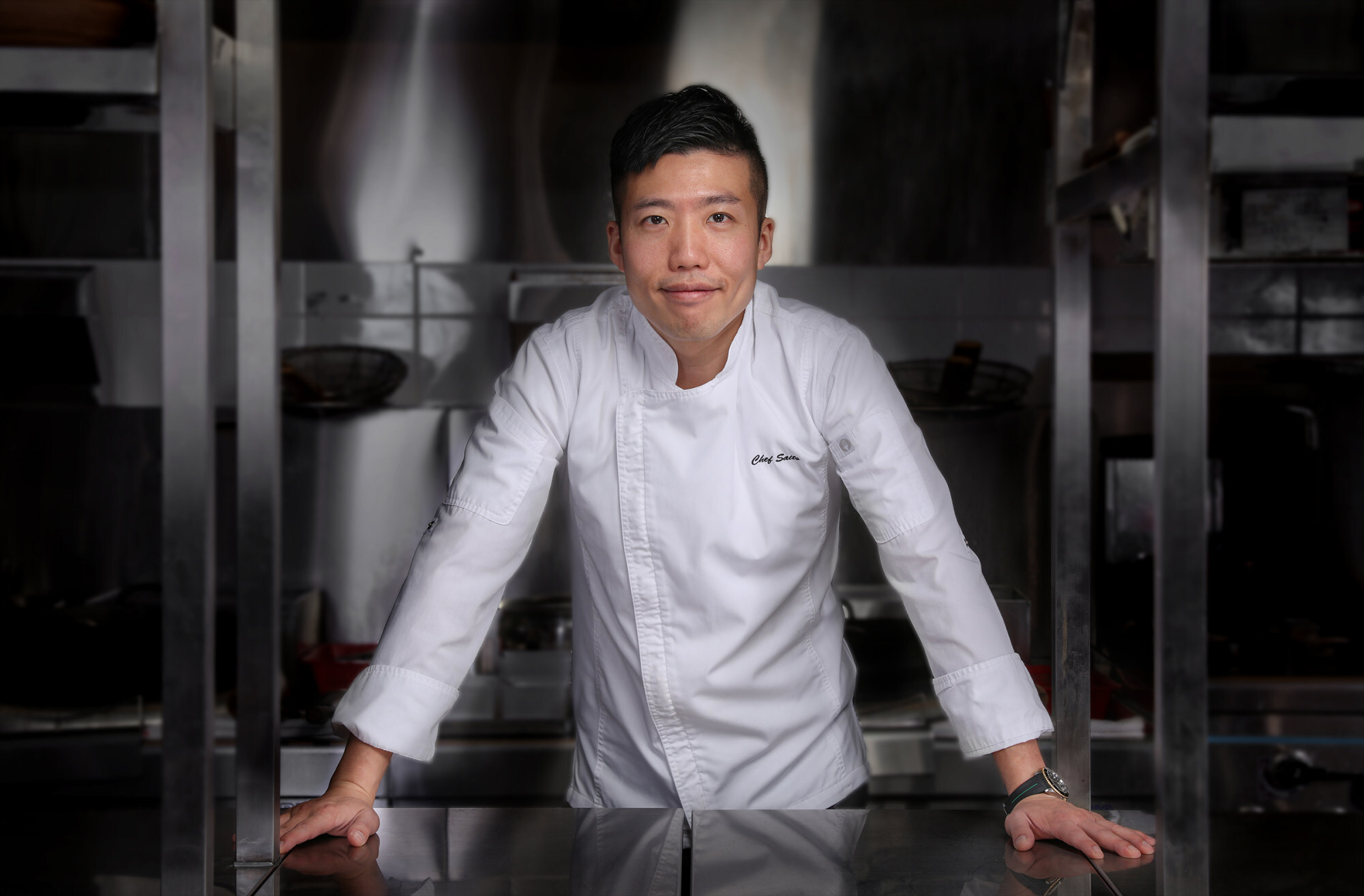
Before social-distancing measures were relaxed on April 21, the lunch tasting menu was priced at HK$1,288 (US$164) per person. Dishes included double-boiled fish maw soup, lobster with crabmeat, egg white custard and young coconut, and Oolong tea smoked chicken with osmanthus.
“Our guests are people who work at IFC, live nearby – some even come from Kowloon to try our food,” explains chef Chau. “Many are women in their 20s and 30s and they bring their parents to eat here, who later come on their own.”
The chef, who has worked at Cantonese restaurant John Anthony and collaborated with Forum Restaurant in 2020, says many diners have returned since the opening of Chinesology in late February, and so he creates new dishes every week.
“I enjoy it even though it’s 16-hour days,” says Chau. “When people enjoy the food, I don’t feel the pressure.”

